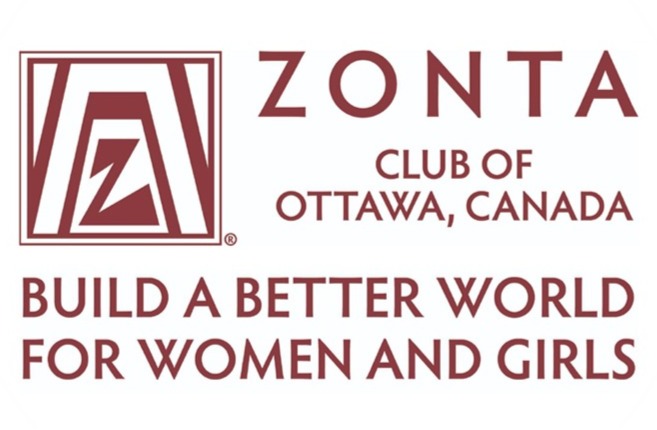Canada and CEDAW
Presented by Valerie Hume
Canada signed CEDAW on July 17, 1980 at the World Conference of the United Nations Decade for Women, and ratified CEDAW the following year on December 10, 1981. The decision to ratify was reached through the Continuing Federal-Provincial-Territorial Committee of Officials Responsible for Human Rights. The Canadian federal government obtained the agreement of all other senior levels of government before ratifying CEDAW; and prior to ratification all senior levels of government agreed to take the measures necessary to implement the Convention in the areas under their jurisdiction.
International treaties do not automatically become part of domestic law, so that implementation is dependent upon legislation passed by the Canadian parliament and the provincial and territorial legislatures, for matters that fall under their jurisdictions.
 Canada has not passed legislation for the express purpose of implementing CEDAW. The one place where reference to CEDAW is found in Canadian law is in the decisions of courts and human rights tribunals. Courts and tribunals may use international human rights instruments as aids to interpretation where the meaning or scope of domestic legal protections is unclear. Compliance with its obligations under CEDAW is found in relation to domestic human rights standards and guarantees, including the equality rights provisions of the Charter of Rights and Freedoms.
Canada has not passed legislation for the express purpose of implementing CEDAW. The one place where reference to CEDAW is found in Canadian law is in the decisions of courts and human rights tribunals. Courts and tribunals may use international human rights instruments as aids to interpretation where the meaning or scope of domestic legal protections is unclear. Compliance with its obligations under CEDAW is found in relation to domestic human rights standards and guarantees, including the equality rights provisions of the Charter of Rights and Freedoms.
The Government of Canada reports periodically to the Committee on the Elimination of Discrimination against Women. On October 22, 2008 the Committee considered the combined sixth and seventh periodic reports. NGO input into Canada’s reports has been formalized. In the earlier reports, the Canadian government addressed the question of how CEDAW would be implemented in Canada. Two points were stressed in this regard. The first was that the constitutional division of powers between the federal and provincial governments would shape CEDAW implementation, as the federal government did not have jurisdiction in certain substantive areas where CEDAW imposes obligations. Second, it was anticipated that the primary means through which CEDAW would be implemented is the application of existing domestic human rights entitlements relating to women, as found in the Charter of Rights and Freedoms, human rights statutes, and employment statutes.
The most recent (2008) report resulted in a number of recommendations from the Committee in which it noted the legal responsibility and leadership role of the federal Government in the implementation of the Convention, and reiterated a recommendation of 2003 that the federal government use leadership and funding power to set standards and establish an effective mechanism aimed at ensuring accountability and the transparent, coherent and consistent implementation of the Convention throughout Canada in which all levels of government can participate. In other words, Canada’s federal structure with responsibilities scattered among different levels of government has resulted in some lack of coherence in implementation of the Convention.
Awareness of CEDAW within the Canadian women’s movement has, until very recently, been quite limited. Certainly, not all women working at the grassroots level would recognize the term “CEDAW”; and even among executives of women’s NGOs understanding of CEDAW is limited to the fact of its existence as the international human rights convention for women. However, Canadian women’s NGOs are starting to look to CEDAW with increasing interest. They are exploring the production of Shadow Reports to the CEDAW Committee, being involvement in the production of Canada’s reports to the Committee, looking at ways of monitoring Canada’s CEDAW compliance, and providing CEDAW education, training and mentoring to Canadian women’s NGOs. It can be anticipated that CEDAW’s significance will increase over the course of the next few years within Canada, as a result of these efforts.
Government restructuring and budget cutbacks, with cuts to funding and programs directed to women are undermining the gains the Canadian women’s movement has made. It is in this context that Canadian women’s NGOs have begun to look to CEDAW with increasing interest, in the hope that the international process can assist them in their efforts to make the Canadian government accountable for its numerous formal commitments to women’s equality.

